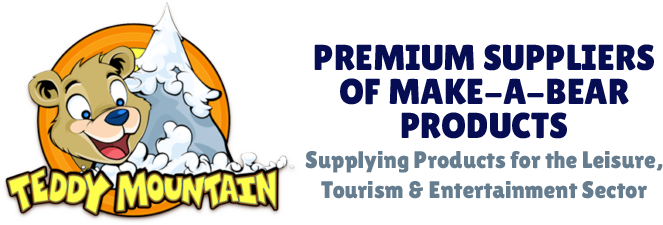A: ASTM F963-17 Standard Consumer Safety Specification for toy safety
B: CPSC Regulation
C: US Consumer Products Safety Improvement Act of 2008(H.R. 4040) title 1, section 101 for total lead content.
D: Consumer Product Safety Commission 16 CFR Part 1307:Prohibition of Children’s Toys and Child Care Articles Containing Specified Phthalates.
E: US California Proposition 65. on Lead content.
F: US California Proposition 65. on Phthalates content.
G: EN 71-1:2014+A1:2018 – Mechanical and Physical Properties(excluding labeling requirement of section 7)
G.2: EN 71-2:2020 – Flammability Tests
G.3: EN71-3:2019+A1:2021-Migration of Certain Elements Tests(Category III)
H: Entry 43 of Annex XVII to Reach regulation (EC) No 1907/2006 and its amendment Commission Regulation (EU) No 126/2013 on AZO colorants content.
I: Entry 51&52 of Annex XVII to Reach regulation (EC) No 1907/2006 and its amendment Commission Regulation (EU) 2015/326 and (EU) 2018/2005 on Phthalates content (formerly known as 2005/84/EC)
J: Entry 51 of Annex XVII to Reach regulation (EC) No 1907/2006 and its amendment Commission Regulation (EU) 2015/326 and (EU) 2018/2005 on Phthalates content (formerly known as 2005/84/EC) in the components
K: The toys (safety) Regulations 2011(S.I. 2011 No. 1881)
K.1: EN 71-1:2014+A1:2018 – Mechanical and Physical Properties(excluding labeling requirement of section 7)
K.2: EN 71-2:2020 – Flammability Tests
K.3: EN71-3:2019+A1:2021-Migration of Certain Elements Tests(Category III)
L: UK 2006 No.1907 and its amendment Commission Regulation (EU) No 126/2013 on AZO colorants content
M: UK COMMISSION REGULATION (EU) 2018/2005 amending 51&52 of Annex XVII to Regulation (EC) No 1907/2006 of the European Parliament and of the Council concerning the Registration, Evaluation, Authorisation and Restriction of Chemicals (REACH) as regards phthalate content.
N: UK COMMISSION REGULATION (EU) 2018/2005 amending 51 of Annex XVII to Regulation (EC) No 1907/2006 of the European Parliament and of the Council concerning the Registration, Evaluation, Authorisation and Restriction of Chemicals (REACH) as regards phthalate content.
O: UKCA. The UK left the EU single market at 11PM on 31st December 2020. The United Kingdom Conformity Assessed or UKCA mark is being phased in from 1st January 2021 to replace the CE mark in Great Britain, although for most goods the CE mark will remain acceptable for a transition period ending on 31 December 2024.









